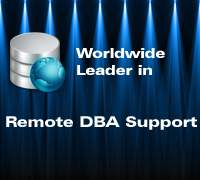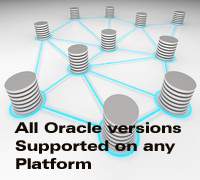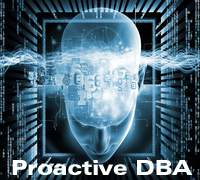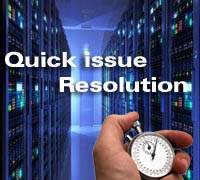How to Develop Strong Oracle Database Security?
This is article very useful for all remote dba experts who are managing Oracle databases remotely and providing remote dba support to multiple clients. It is essential to deploy excellent security of your every databases. First you should need to make plan and after that test same plan on test database before deploying on production.
Developing Robust Database Security:
Database security in simple terms means whether to allow user to perform actions on the database and various objects within it or not. It concerns the use of various Information security measures to protect database against various compromises with databases integrity, confidentiality, and availability.
Before understanding and implementing database security,let us get familiar with type of risks or threats that database can have :
- Performing any unauthorized or unintended activity by unauthorized users, database administrators, network or system manager.
- Performance and capacity issues that result in inability of authorized user to use database as intended.
- Leakage or disclosure of business critical data, deletion or damage of data or program, attack on systems and unanticipated failure of database services etc.
- Physical damage to database servers.
- Mistakes in database or system administration process.
- Data corruption or loss of data due to invalid data entry or command. Various information security measures/controls can be implemented to develop strong database security. Database security can be provided in three most important forms or levels viz
There are 3 important stages for achieving this goal. Those are following:
Authentication - it ensure that only legitimate users get access to the database server.
Authorization - it ensures that only those users who have access to the resources can access them.
Auditing - it ensures accountability whenever user accesses the protected resources.
Let us discuss each of form of security in more details.
Authentication:
Authentication implies to identification of a user, device or some other entity that wants access to data or resource or application. When identification is validated trusted connection is established for interaction between entity and database or resources. To authenticate database user and prevent unauthorized access and use of database user name, various authentication methods can be implemented in single or combinations from below mentioned authentication techniques:
- Operating system authentication
- Network authentication
- Database level authentication
- Secure Socket Layer authentication
- Authentication of Database Administrators
Authorization:
After authentication, authorization process can limit the level of access and action allowed to that user or entity. The limitation placed on user can also apply to various database objects such as schema, tables or rows and even resources such as CPU time, idle time etc. Following can be considered as features of authorization:
- Prevent uncontrolled consumption of valuable system resources.
- It is very useful in multiuser system where resources are expensive and excessive consumption of resources can hamper overall system performance and other users of the database.
- Manage user's resource limit and password management preferences with respect to his/her profile and system domain.
Auditing:
It means observing and recording the database actions of particular user. Auditing can base on individual activity or combinations of factors that include name, application and so on. It is generally used for accountability of current actions performed in particular schema object that affects the content of database.
The security administrator can audit all connections to the database for monitoring all successful and unsuccessful deletion of table records. This means that auditing can be useful to monitor suspicious activities.
Gathered data can be provide useful statistics such as how many concurrent users connect at peak times, number of logical I/O performed, which tables are updated etc. The various types of auditing are:
- Statement Auditing.
- Schema object Auditing.
- Privilege Auditing.
Although these security mechanism effectively protect data in the database but they do not prevent access the operating system files where data is stored.
Security Policies:
All this strategies make the database highly secure when implemented with proper security policies. Policies are nothing but the documents that states in writing how an organization plans to protect its database, an explanation of how security measures will be carried out and enforces. It also documents the procedures to evaluate the effectiveness of the security policy. Security policies can be defined at various levels to serve different security needs as:
- System Security Policies.
- Data Security Policies.
- User Security Policies.
- Password management Policies.
- Data Encryption Policies.
Summary:
Database security can be made strong by combination of implementing various securities mechanism together. Various database management vendors provide different solutions for different security requirements but the basic security needs and appropriate solutions remain the same.Expert Remote DBA team offer robust security deployment with strong database support. For more detail you can contact us.









